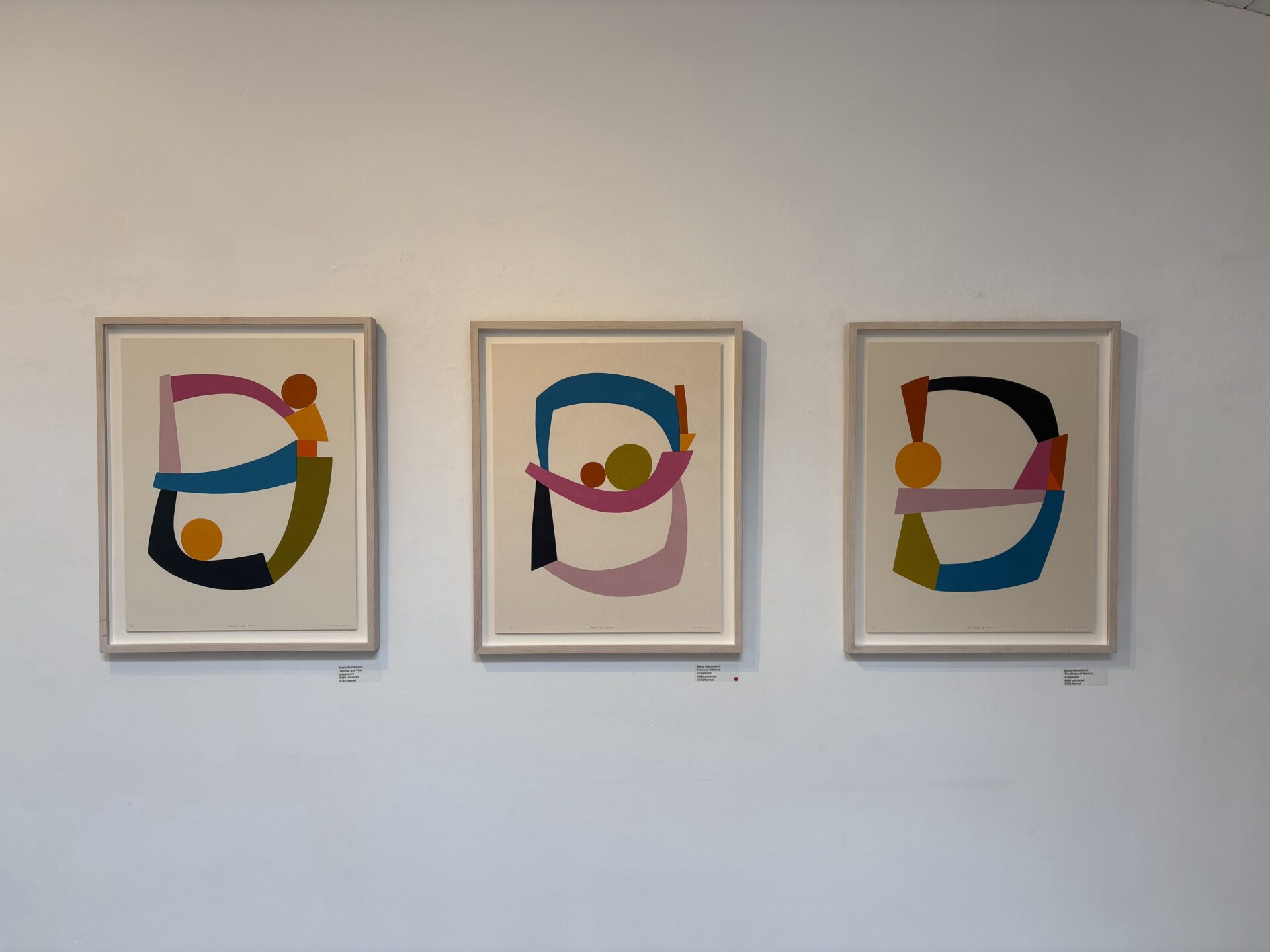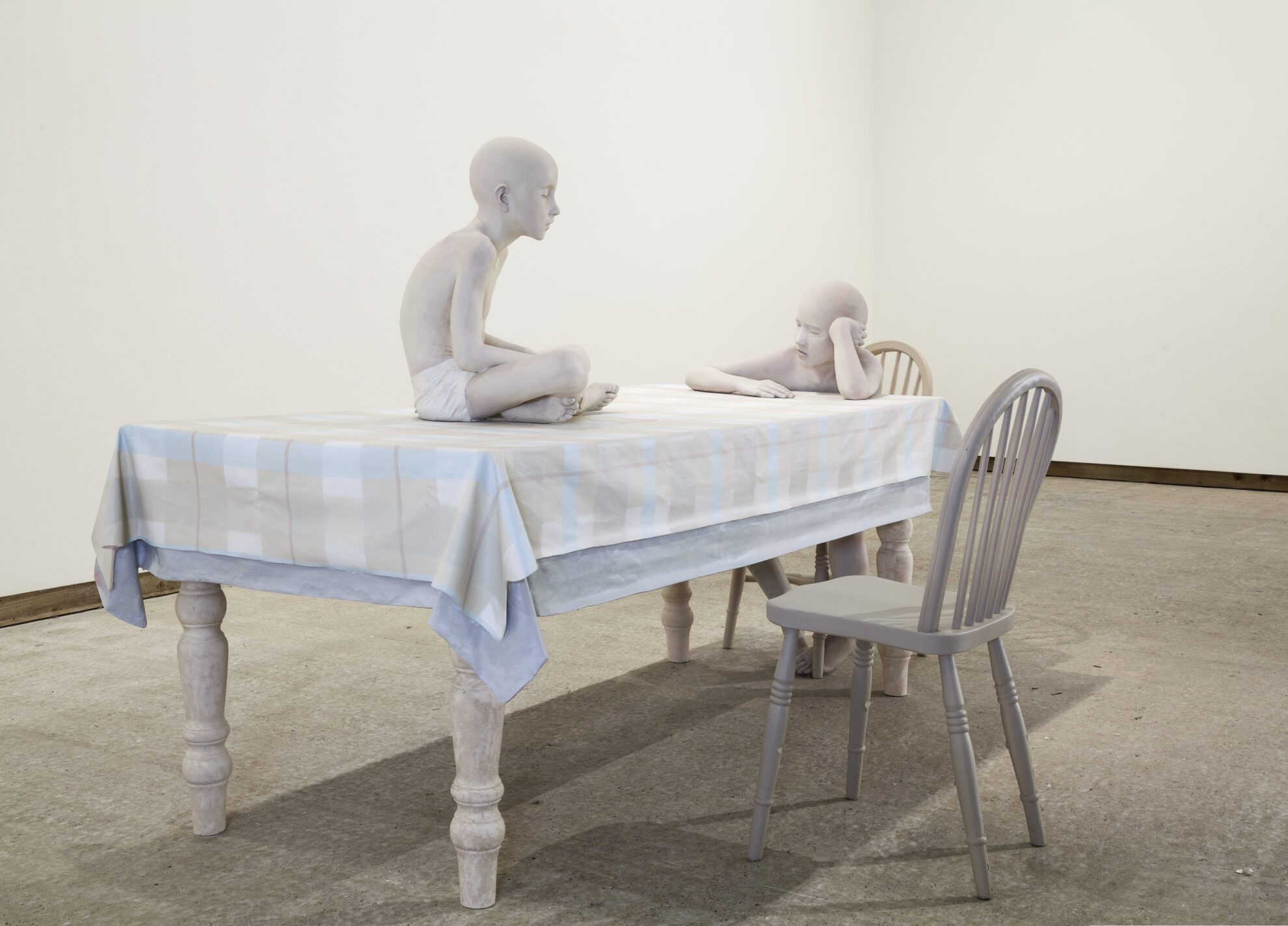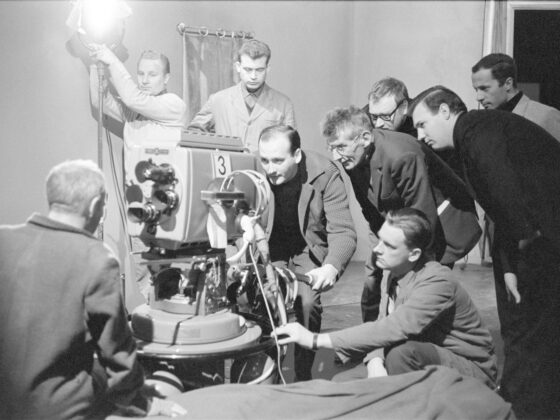Graphic Studio Gallery, Dublin
1 February – 8 March 2025
In printmaking, the thing seen – the most visible layer – is not what the artist has made. Painting has a version of this dichotomy – the application of paint reveals and conceals at the same time – but in printmaking, the viewer is denied a direct encounter with the made object, the matrix itself, and presented with a version of it, a reflection or afterimage, a material ghost. If I’m labouring the point, it’s because in this two-person exhibition, what’s seen directly and what’s available as clue or implication seem at play between the different artworks themselves. That, and the fact that Tony O’Malley’s work is finished (he died in 2003), while Maria Atanacković’s work continues as a going concern.
O’Malley’s abstraction is rooted in landscape, in the school of St. Ives, for example, but also in numerous Irish peers and predecessors. His home patch was Kilkenny, but his carborundum prints have exotic titles like Haria and Isla de Graciosa – Canary Island locations with sunny, relatively unencumbered visions of the natural world. His multi-plate, printed surfaces are compressed, with varying degrees of texture and translucence, enabling overlapping marks to retain a semblance of autonomy within their complex, visual fields.
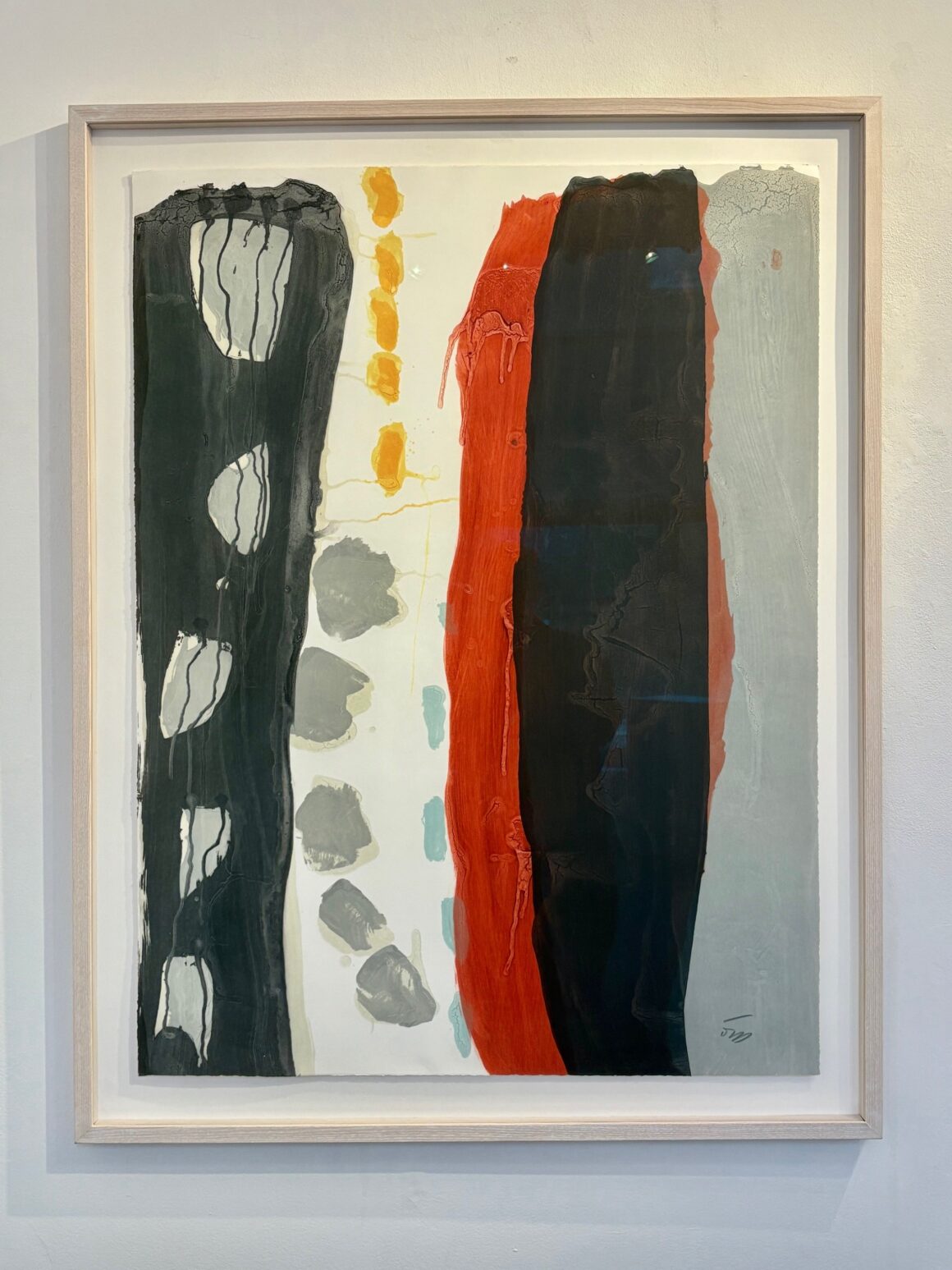
Atanacković’s screenprints are flat. Without modulation of hue or application, they rely on juxtaposition for their visual excitement. A title like Intervals of Quiet prompts thoughts of meditation or graphic scores, but parallel arrangements of variously coloured stripes equally suggest quilt-making. Atanacković applies colour dispassionately. She’s not interested in bodily gestures, but in the relationship of parts. With a background in textiles, and a penchant for clothing and other artistic applications, her complex shapeshifting also suggests a kind of aesthetic utility, functioning best in relation to other things.
In relation to O’Malley, her work seems more analytical and less felt, but that’s close to a tautology when so much of her work happens through mechanical processes. Two large works on stretched linen are described as ‘reactive prints’. New to me, this is seemingly the result of digital files being transferred to the fabric and fixed by heat. In Fragments of a Gesture, differently shaped and coloured elements crowd within their right-angled format. The result is compositionally balanced, but there seems little else at stake.
It’s unfair to wish for something unavailable, but I’d love to see how this handsome patternmaking might respond to being fashioned in three dimensions. Closer to this idea, if not quite sculptural either, wall-based, plywood assemblages of individually cut and coloured segments coalesce into locked formations or bloom outwards into counterbalanced arrangements. Construct 1 is reminiscent of Jean Arp (though the versatile Sophie Taeuber-Arp seems more relevant to the overall practice), while Barbara Hepworth came to mind in a series of related screenprints with curved elements, balancing circles and oblongs into a sculptural tension.
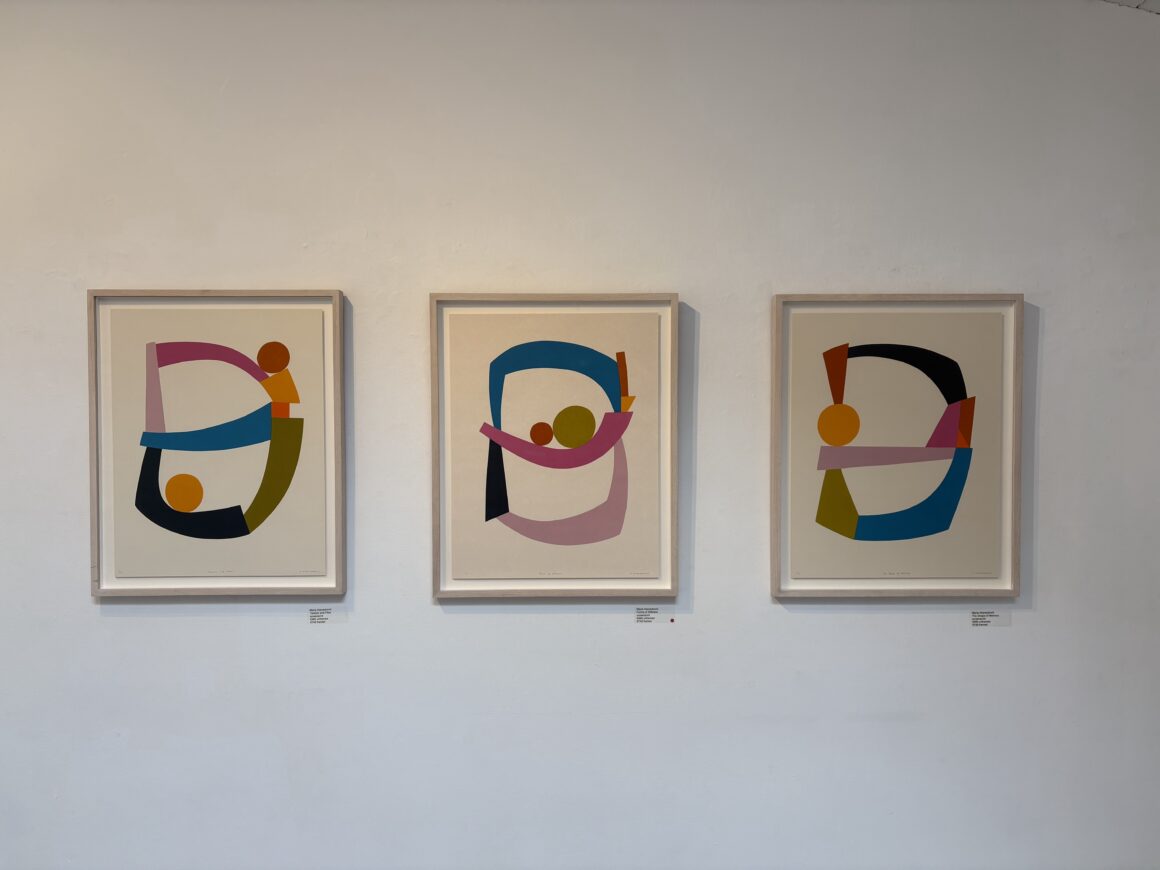
O’Malley liked working with discarded materials, making totem-like objects from lengths of wood, nails and string. Often resembling crude musical instruments, their ritualistic quality is most evident in a series of Good Friday paintings, made on the eponymous day and bearing suitable analogies. On behalf of Graphic Studio Dublin, James O’Nolan and James McCreary made regular trips to O’Malley’s Callan studio in the late 1990s, where mixtures of carborundum paste enabled him to apply his painterly methods directly onto plastic plates. The results were proofed back in Dublin, with the painter’s wishes interpreted through colour notes and conversations. On some very large plates, O’Malley worked outside in the garden, swapping his paint brushes for a sweeping brush. Firenze II, with broad swathes of pink, orange and black, its aerial perspective tethered with scratchy lines, is simply gorgeous. If O’Malley’s graphic work lacks something of the tangible materiality of his work in painting and mixed media, this is countered by a gained luminosity, the sunlight that so preoccupied him captured within the printed folds.
While the exhibition sets up abstraction as a shared language, the tendency to abstract from the natural landscape, or towards universal forms, is the essential difference. ‘The Shape of Memory’ may refer to how artists conjure images from mental states, but also, perhaps, how material can recall its former shape after technological processes. Though made at different times, all prints here are undated, as though preserving them against chronology and its associated decay. This seems an unnecessary caution, because in the best examples of printmaking, what we see and what has been are equally present.
John Graham is a Dublin-based artist and writer.
johngraham.ie

